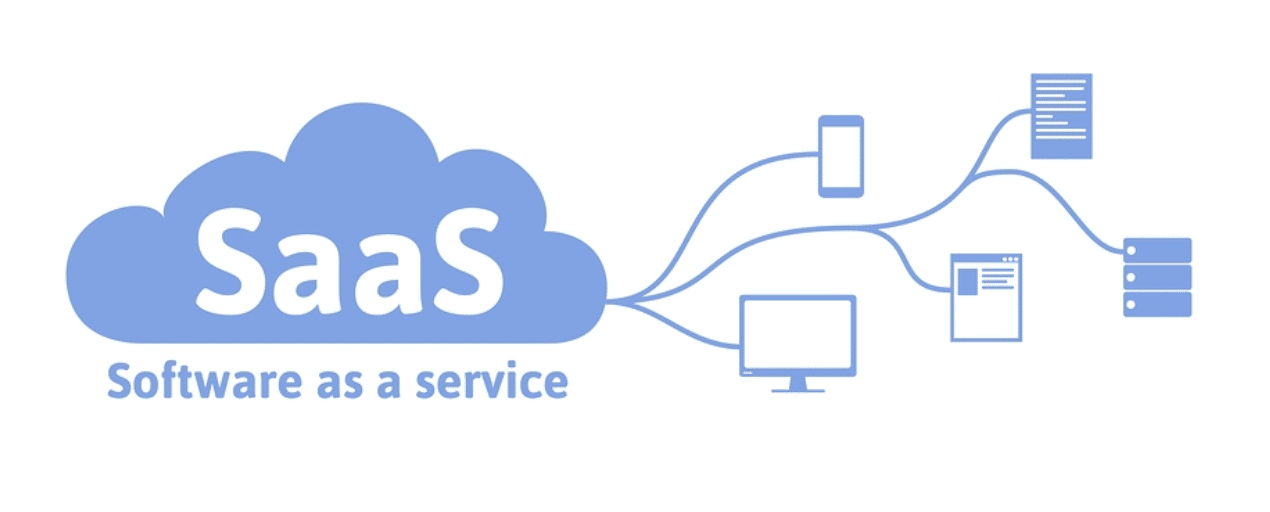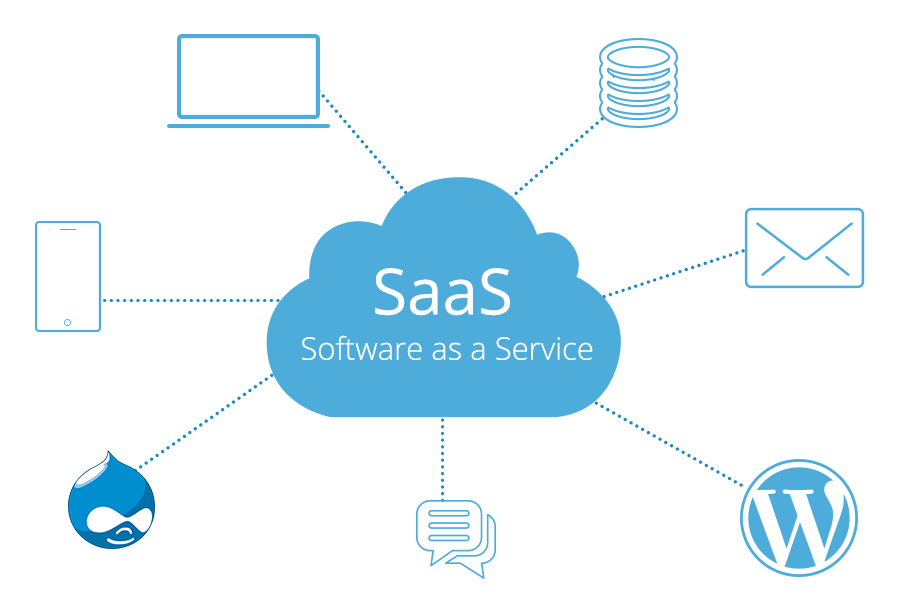In recent years, Software as a Service (SaaS) has become increasingly popular among businesses of all sizes. This cloud-based software delivery model allows companies to access and use software applications over the internet, without the need to install or maintain them on their own servers.
However, despite its rising popularity, there are still many myths and misconceptions surrounding SaaS. In this article, we will demystify SaaS by providing you with everything you need to know about this revolutionary software delivery model.
What is Software as a Service (SaaS)?
Software as a Service, commonly known as SaaS, is a software delivery model in which applications are hosted in the cloud and accessed by users over the internet. Instead of purchasing a software license and installing the application on their own servers, users pay a subscription fee to access the software through a web browser. SaaS applications are typically maintained and updated by the service provider, relieving users of the burden of software maintenance.
SaaS is a type of cloud computing, which refers to the delivery of computing services over the internet. Other cloud computing models include Platform as a Service (PaaS) and Infrastructure as a Service (IaaS). SaaS is often considered the most user-friendly cloud computing model, as it provides a fully functional application that can be accessed from anywhere with an internet connection.
Benefits of SaaS
There are several key benefits to using SaaS for your business:
- Cost savings: By using a subscription-based pricing model, SaaS allows businesses to avoid large upfront costs associated with traditional software licensing. Instead, users pay a monthly or annual fee based on their usage, making it easier to budget for software expenses.
- Easy scalability: SaaS applications can easily scale up or down to accommodate changes in your business needs. Whether you need to add more users, increase storage capacity, or access additional features, SaaS providers can often adjust your subscription plan on the fly.
- Automatic updates: SaaS providers are responsible for maintaining and updating the software, ensuring that users always have access to the latest features and security updates. This eliminates the need for manual software updates and reduces the risk of using outdated software.
- Accessibility: SaaS applications can be accessed from any device with an internet connection, making it easy for users to work remotely or collaborate with team members across different locations. This flexibility is particularly valuable in today’s increasingly globalized and remote work environments.
- Lower IT requirements: Since SaaS applications are hosted in the cloud, users do not need to invest in expensive hardware or IT infrastructure to run the software. This can lead to lower IT costs and reduced reliance on in-house technical expertise.

Common Misconceptions about SaaS
Despite its many benefits, there are still several common misconceptions about SaaS. Here are a few of the most common myths about this software delivery model:
- SaaS is not secure: Some businesses worry that storing their data in the cloud could make it more vulnerable to security breaches. However, reputable SaaS providers invest heavily in security measures to protect their users’ data. This includes encryption, regular security audits, and compliance with industry standards such as GDPR and HIPAA.
- SaaS is only for small businesses: While SaaS is well-suited to small and medium-sized businesses, it can also benefit larger enterprises. SaaS providers offer scalable solutions that can accommodate businesses of all sizes, from startups to multinational corporations.
- SaaS is expensive: While upfront costs for SaaS may be lower than traditional software licensing, some businesses worry that subscription fees will add up over time. However, SaaS can actually be more cost-effective in the long run, as it eliminates the need for hardware upgrades, IT maintenance, and software updates.
- SaaS is not customizable: Some businesses believe that SaaS applications are one-size-fits-all solutions that cannot be customized to meet their specific needs. However, many SaaS providers offer a high degree of customization, allowing users to tailor the software to their unique requirements.
Frequently Asked Questions about SaaS
Now that we have demystified SaaS and addressed some common misconceptions, let’s answer a few frequently asked questions about this software delivery model:
How is SaaS different from traditional software licensing?
Traditional software licensing requires businesses to purchase a software license upfront and install the application on their own servers. In contrast, SaaS provides access to software applications on a subscription basis, with the software hosted in the cloud by the service provider.
What are some popular SaaS applications?
Some popular examples of SaaS applications include Microsoft 365, Salesforce, Adobe Creative Cloud, and Slack. These applications cover a wide range of functions, from productivity and collaboration tools to customer relationship management (CRM) and graphic design software.
Is SaaS secure?
While no system is completely immune to security threats, reputable SaaS providers invest heavily in security measures to protect their users’ data. This includes encryption, regular security audits, and compliance with industry standards such as GDPR and HIPAA.
How can I migrate to SaaS?
Migrating to SaaS typically involves selecting a provider, transferring your data to the cloud, and configuring the software to meet your business needs. Many SaaS providers offer migration services to help businesses transition to their platform smoothly.
Can SaaS be integrated with other software applications?
Yes, many SaaS applications offer integration with other software applications through APIs (Application Programming Interfaces). This allows businesses to connect their SaaS applications with existing systems and workflows, streamlining their operations and improving efficiency.
Conclusion
Software as a Service (SaaS) is a powerful software delivery model that offers numerous benefits to businesses of all sizes. By accessing software applications over the internet, users can enjoy cost savings, scalability, automatic updates, accessibility, and lower IT requirements. Despite some common misconceptions, SaaS is a secure, customizable, and cost-effective solution for businesses looking to streamline their operations and stay competitive in today’s fast-paced digital world.
If you have any further questions about SaaS or would like to learn more about how it can benefit your business, feel free to reach out to us. We are here to help you navigate the world of SaaS and find the right solution for your unique needs.
